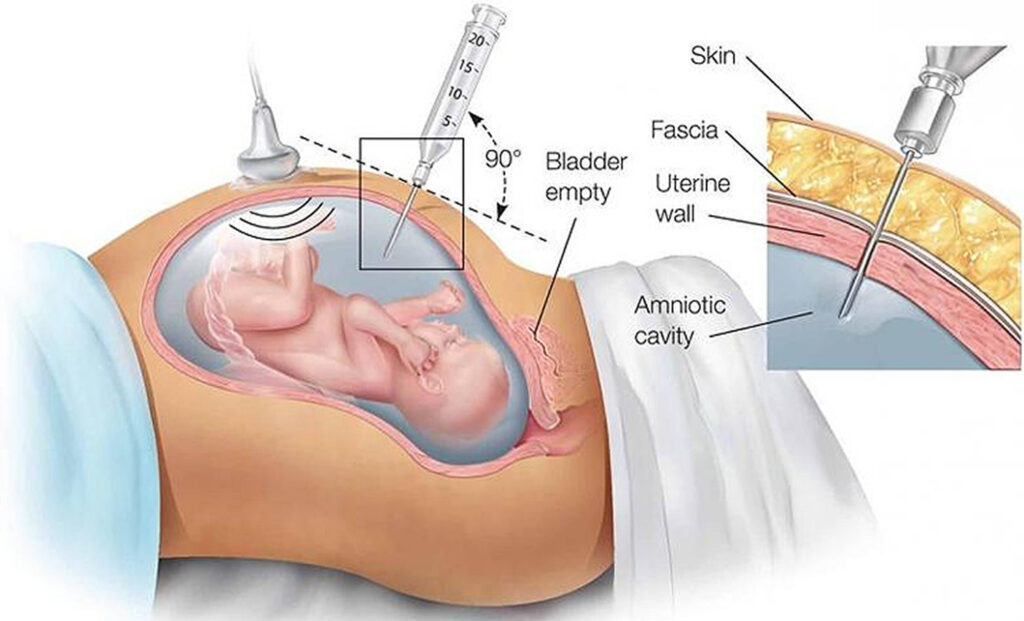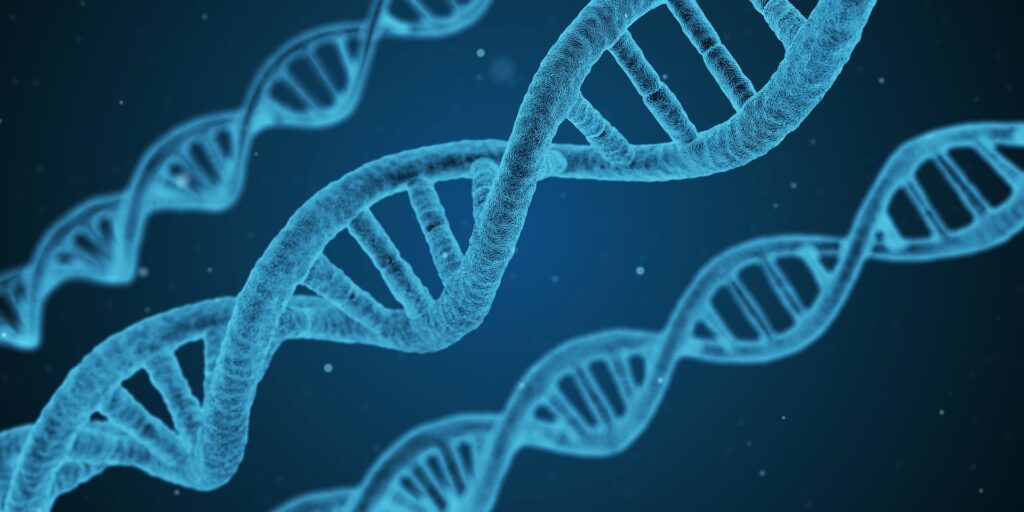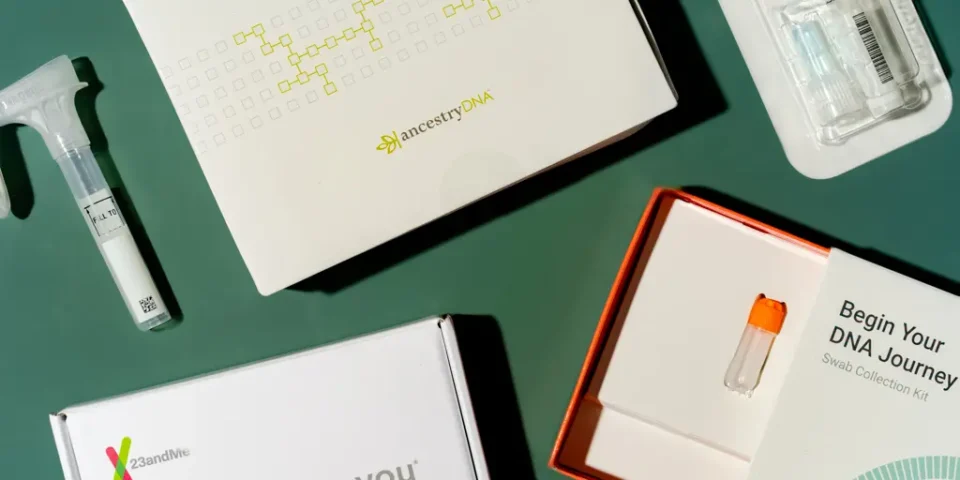You can consider the term paternity to be utilized to express a lawful connection linking a kid and their parents. Although paternity may represent multiple connections, along with natural and surrogate relations, a paternity check can be clearly performed to decide if you are the hereditary parent of your kid.
A Paternity test is performed by matching the inherent substance, DNA (Deoxyribonucleic Acid), of the kid to the given person to check if the person is really the kid’s hereditary parent.
Paternity checks might be conducted for multiple purposes, involving lawfully establishing specific privileges for children, helping children understand more regarding their family, and determining queries concerning a kid’s hereditary parent.
Read on to learn deeply about the types and functions of this test.
The Different Types Of Paternity Checks

Generally, DNA (Deoxyribonucleic Acid) is used to specify fatherhood in present-day checking, while blood testing of serum agglutination types may be utilized in some circumstances. Nevertheless, the generality of fatherhood checks are DNA checks, and the main contrast is when and how the children’s DNA sampling is collected.
Paternity checking can be concluded (prenatally) at the time of pregnancy or (postpartum) after the child’s birth. If the examination gets carried out after the infant’s birth, you can presume cheek swabs or blood specimens get collected from both the possible nonpregnant parent and the baby, which will then get sampled in the test lab.
Below are the various types of paternity checks commonly operated.
Non-Invasive Prenatal Paternity Testing (NIPP)
The (NIPP) checking is reviewed as the most suitable choice for gestational paternity checking because it is not only non-intrusive but also 99.9 percent precise. During the test, a blood specimen of the mother gets collected, and the infant’s DNA that is inherently flowing in the blood vessels gets separated through proprietary, modern procedures.
Amniocentesis Testing

Amniocentesis can get done in the 2nd session of the gestation, varying from the 3rd to the 5th month. During the test, your medic will conduct ultrasonography to escort a needle into the mother’s womb via the stomach. The doctor will then pull out a tiny portion of amniotic fluid, which will be DNA-checked.
You must recollect amniocentesis is also related to substantial threats to the baby, like abnormality, disease, damaged lung growth, and an advanced danger of miscarriage.
Chorionic Villus Sampling Testing (CVS)
Chorionic villus biopsy can be performed to regulate the well-being of your unborn child, but the specimen can even be utilized to decide paternity. You can consider the examination to be executed between two to three months of gestation by collecting a tiny sample of placental tissue from the expectant mother’s stomach or cervix.
You do not forget CVS gets even linked with a few chances of negative consequences. The prior threat is a miscarriage happens in 1 percent of scenarios. But it will never get suggested for mothers expecting identical babies, having a uterine leiomyoma, or having gone through some other difficulties during pregnancy.
Postnatal Testing
You can save additional money on postnatal checking as it is more economical than prenatal checking. If the examination is conducted straight after childbirth, blood will get collected from the infant’s navel string. But if it gets performed afterward, a blood specimen or buccal swab might be compiled through the kid.
The Reason For The Test

The intent of a paternity check is mainly to decide if somebody is the hereditary parent of the given children. You can take this test for multiple purposes, like:
For Lawful Reasons
Legal paternity examination concerns tests demanded by the court. One must take this examination under supervision and make a record of every phase in order to present its outcome as evidence in the courtroom.
For Determining Any Doubts
When someone is in doubt concerning the kid’s inherent parentage, a paternity examination can be helpful to verify the identification, deliver details regarding the kid’s family and bloodline, and provide relief or satisfaction about hereditary connections.
For Medicinal Reasons
While medical reasons are not generally utilized for paternity testing, verifying the identification of children’s inherent parentage might give you facts about their lineage medical history.
What Is The Process Of A DNA Paternity Check?

You can perform paternity checks in two corresponding authentic methods:
Blood Tests
The possible daddy and kid provide blood specimens at a medical center. The physician dispatches the samplings to a lab for research.
Buccal Swabs
The possible daddy and kid scrap their inner cheeks for buccal cells. While performed at home, you may send the cotton buds to a specified laboratory. If cheek scraping occurs in a medical facility, the medic dispatch the specimens to the laboratory.
How Authentic Are Test Outcomes?
Although no examination is ultimate, DNA paternity checking can be believed to be positively authentic. Outcomes of DNA matching examinations are 99-100 percent precise in resolving if a person is the kid’s hereditary parent.
How Much Is The Expense Of A DNA Matching Examination?

The price of a DNA matching examination may rely on various modifications, including who conducts the checking and if the test gets ordered by a court.
Lawful paternity checking is usually more costly than home examinations due to the demand for observers and authentication. Going for a legal paternity examination might even demand bearing the related expenses.
Home paternity examinations might include 2 pairs of expenses; one for the examination tools and the other for the lab expenditures to research the samplings. The lab prices might be many times more than the expense of the equipment.
Since a DNA matching examination is not supposed to be medically mandatory, it is generally not covered under your medical plan.
Bottom Line
The paternity examination may resolve queries if a kid’s paternity gets questioned. You can consult a health professional while choosing the finest testing approach for your condition. Whether you go for an at-home check or go to a medical center, you must ensure the lab is certified by the government facility. The certified DNA examination labs must satisfy high standards for examination and reliability.



